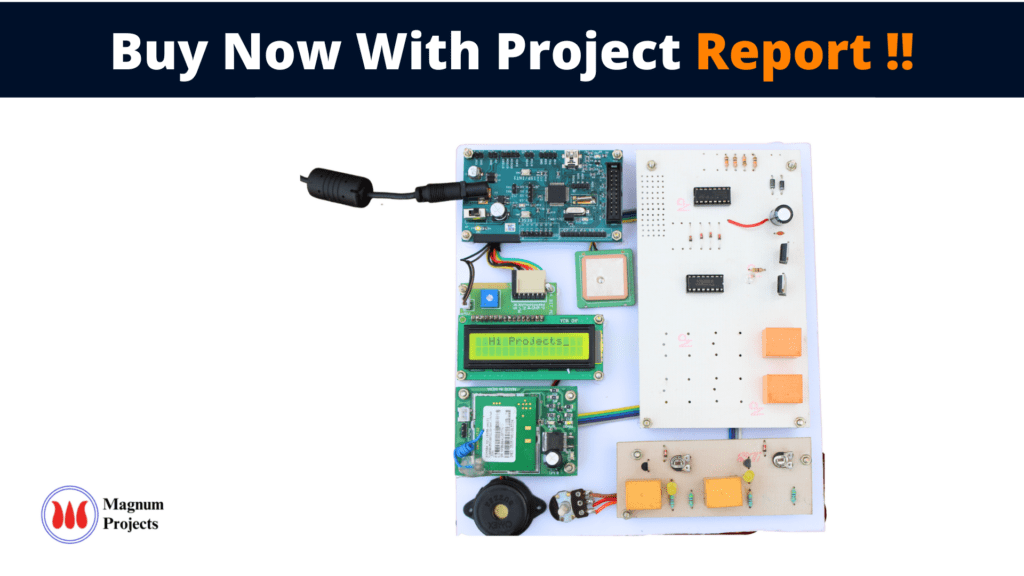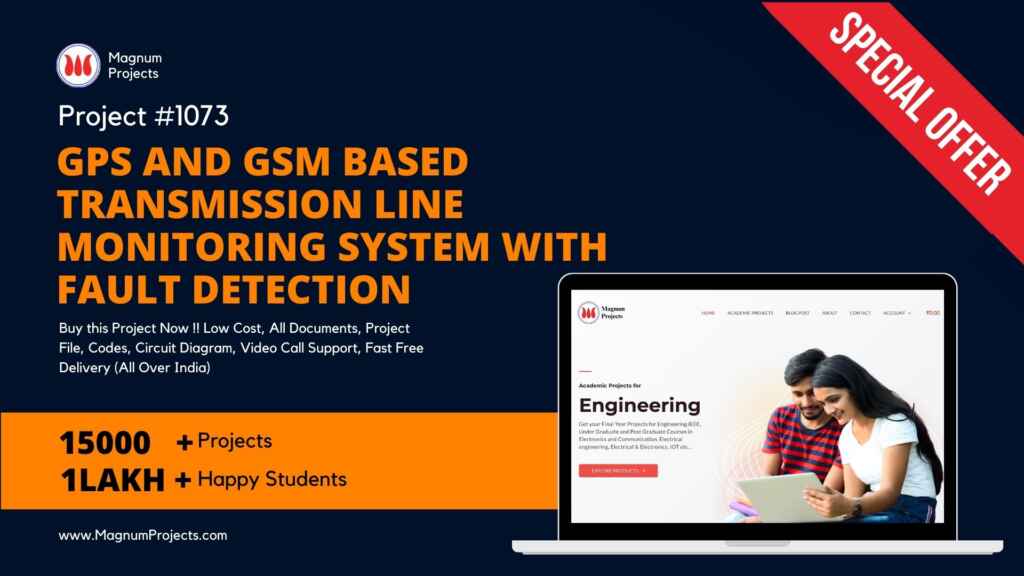Table of Contents
Introduction:


Electricity is an extremely handy and useful form of energy. It plays an ever-growing role in our modern industrialized society. The electrical power systems are highly non-linear, extremely huge, and complex networks [1]. Such electric power systems are unified for economic benefits, increased reliability, and operational advantages. They are one of the most significant elements of both national and global infrastructure, and when these systems collapse it leads to major direct and indirect impacts on the economy and national security [2]. A power system consists of components such as generators, lines, transformers, loads, switches, and compensators. However, widely dispersed power sources and loads are the general configuration of modern power systems [3]. Electric power systems can be divided into two sub-systems, namely, transmission systems and distribution systems. The main process of a transmission system is to transfer electric power from electric generators to the customer area, whereas a distribution system provides an ultimate link between high-voltage transmission systems and consumer services. In other words, the power is distributed to different customers from the distribution system through feeders, distributors, and service mains. Supplying electricity to consumers necessitates power generation, transmission, and distribution [4]. Initially, electric power is generated by using electric generators such as nuclear power generators, thermal power generators, and hydraulic power generators and then transmitted through transmission systems using high voltage. Power departs from the generator and enters into a transmission substation, where huge transformers convert the generator’s voltage to extremely high voltages (155kV to 765 kV) for long-distance (up to about 300 miles) transmission [4]. Then, the voltage level is reduced using transformers and power is transferred to customers through electric power distribution systems. Power starts from the transmission grid at distribution substations where the voltage is stepped-down (typically to less than 10kV) and carried by smaller distribution lines to supply commercial, residential, and industrial users [4]. Novel electric power systems encompassing power transmission and distribution grids consist of a copious number of distributed, autonomously managed, capital-intensive assets. Such assets comprise 1.) power plants, 2.) transmission lines, 3.) transformers, and 4.) protection equipment [1]. Electric utility substations are used in both the transmission and distribution system and operate independently to generate electricity. A typical substation facility consists of a small building with a fenced-in yard that contains transformers, switches, voltage regulators, and metering equipment that are used to adjust voltages and monitor circuits. A reliable and efficient process of these networks alone is not very significant when these electricity systems are pressed to their parameters of its performance, but also under regular operating conditions.


Block diagram explanation:
Power supply unit:
This section needs two voltages viz., +12 V & +5 V, as working voltages. Hence specially designed power supply is constructed to get regulated power supplies.
GPS module:
This is a GPS Receiver (5V Serial) with high gain having 4 Pin 2.54mm pitch strip. The third-generation POT (Patch Antenna on Top) is used by the receiver for the GPS module. It can be interfaced with normal 5V ARM7 with the help of the in-built 3V-5V converter. The interfacing is made easier with the help of a low pin count (4-pin) strip. The 4 Pins are 5V, TX, RX, and GND. This standalone 5V GPS Module does not require external components. It consists of an internal RTC Back up battery and can be directly connected to the USART of the ARM7.
The current date, time, longitude, latitude, altitude, speed, and travel direction / heading among other data, are provided by the module and can be used in many applications including navigation, fleet management, tracking systems, mapping, and robotics. The module can support up to 51 channels. The GPS solution enables small form factor devices which deliver major advancements in GPS performance, accuracy, integration, computing power, and flexibility. They are used to simplify the embedded system integration process.
GSM:
GSM Shield (SIM 900a): The SIM900 which is a complete Quad-band GSM/GPRS solution comes in a SMT module that can be embedded in customer applications. Featuring an industry-standard interface, the SIM900 delivers GSM/GPRS 850/900/1800/1900MHz performance for Data, voice, SMS, and Fax in a small form factor and with low power consumption. SIM900 can fit almost all the space requirements in the M2M application with dimensions of 24mm x 24mm x 3 mm. SIM900 is designed with a very powerful single-chip processor integrating AMR926EJ-S core. Quad-band GSM/GPRS module with a size of 24mmx24mmx3mm, SMT type suit for customer application, An embedded Powerful TCP/IP protocol stack Based upon a mature and field-proven platform, backed up by our support service, from definition to design and production.
NOTE: Modem may change.
ARM processor:
ARM is a computer processor-based RISC architecture. A RISC-based computer design approach means ARM processors require significantly fewer transistors than typical processors in average computers. This approach reduces costs, heat, and power use. The low power consumption of ARM processors has made them very popular:
The ARM architecture (32-bit) is the most widely used in mobile devices, and the most popular 32-bit one in embedded systems.
ARM processor features include:
Load/store architecture.
An orthogonal instruction set.
Mostly single-cycle execution.
A 16×32-bit register
Enhanced power-saving design.
Buffers:
Buffers do not affect the logical state of a digital signal (i.e. a logic 1 input results in a logic 1 output whereas logic 0 input results in a logic 0 output). Buffers are normally used to provide extra current drive at the output but can also be used to regularize the logic present at an interface.
Drivers:
This section is used to drive the relay where the output is the complement of input which is applied to the drive but the current will be amplified.
Relays:
It is an electromagnetic device that is used to drive the load connected across the relay and the o/p of the relay can be connected to the controller or load for further processing.
Methodology:
Distributed transformers are prone to damage due to overload or huge current flows through the internal winding of the transformer. The transformers are to be monitored very cautiously during these situations. The proposed system consists of a monitoring unit that is connected to the distribution transformer to monitor the same. Hence, we introduce a simulation model which details the operation of the system to rectify the mentioned problem. We have designed a system based on ARM controller LPC2148 that monitors and controls the voltage of a distribution transformer present in a substation. The monitored output will be sent to an authorized person at the main station which is at a remote place, through GSM which has a location taken with the help of GPS Communication. The parameters monitored at the distribution transformer are compared with the rated values of the transformer. The software in the ARM compares the received values with the rated measurements of the distribution transformer and shuts down the transformer so that it can be prevented damages and Performances can be enhanced quite to a remarkable level.
Advantages:
1. Cost efficiency.
2. In this project losses are Minimal.
3. This project can implement for the Security of supply.
\
Disadvantages:
1. The electricity network only (not gas) concerns both distribution and transmission levels.
2. It increases the cost whereas digital systems reduce the cost of the system.
Applications:
1. This system can be implemented in industries.
2. This system can be used to monitor and control the home appliances




